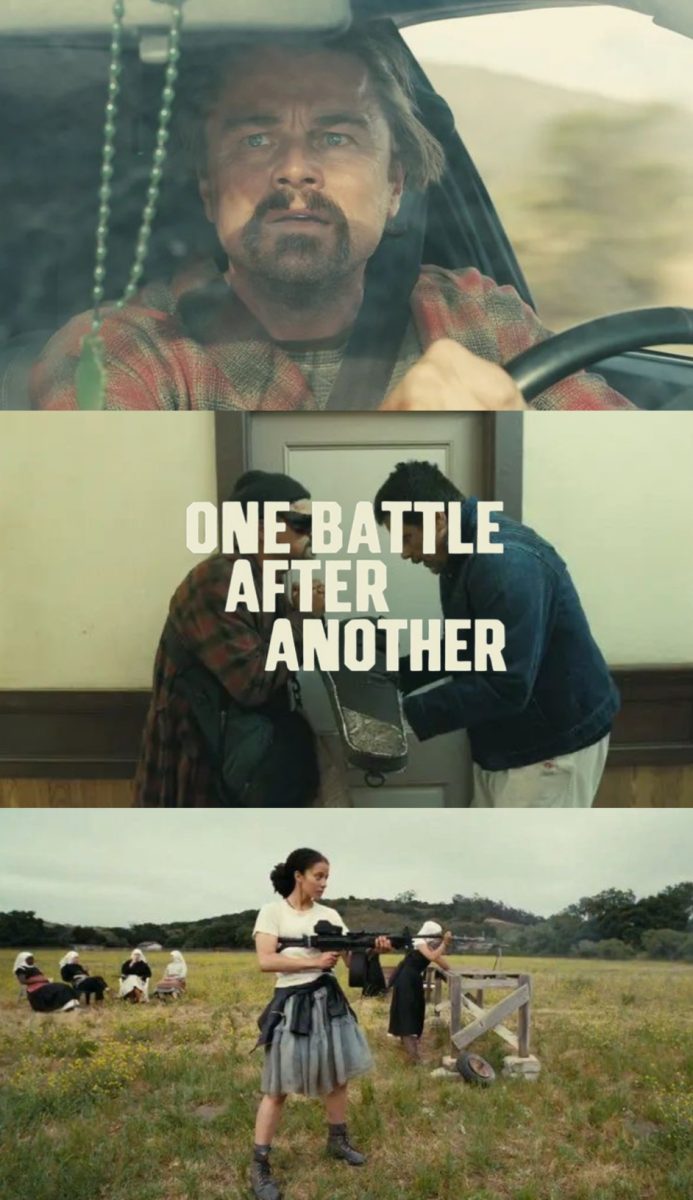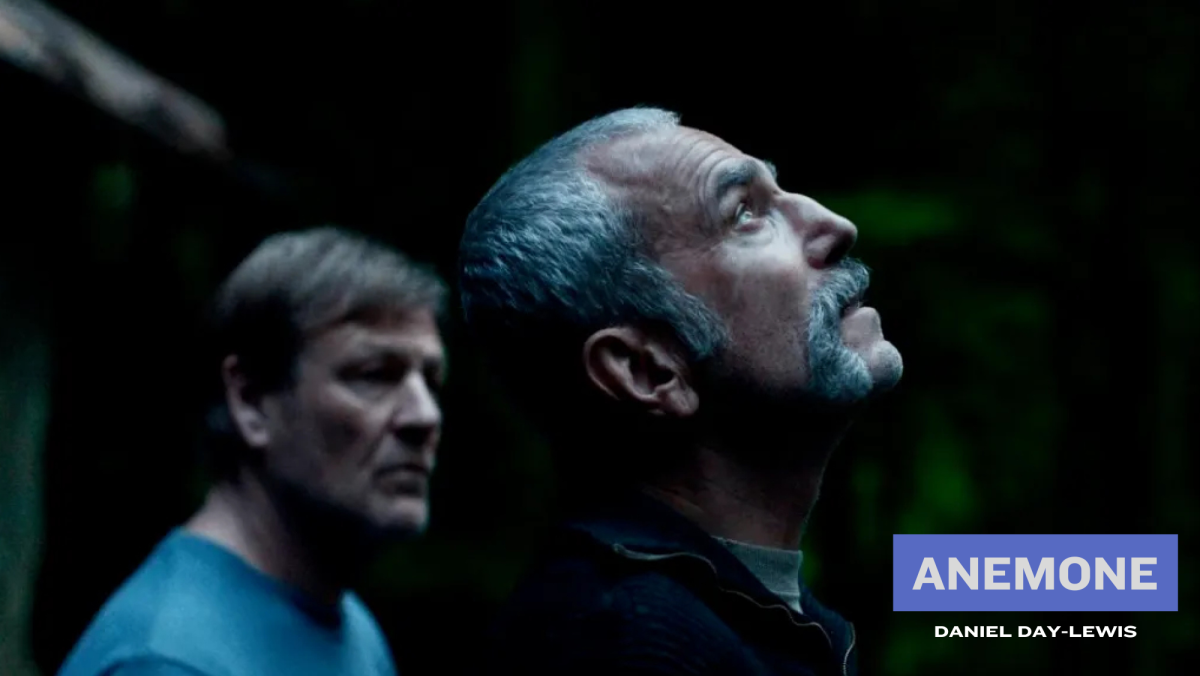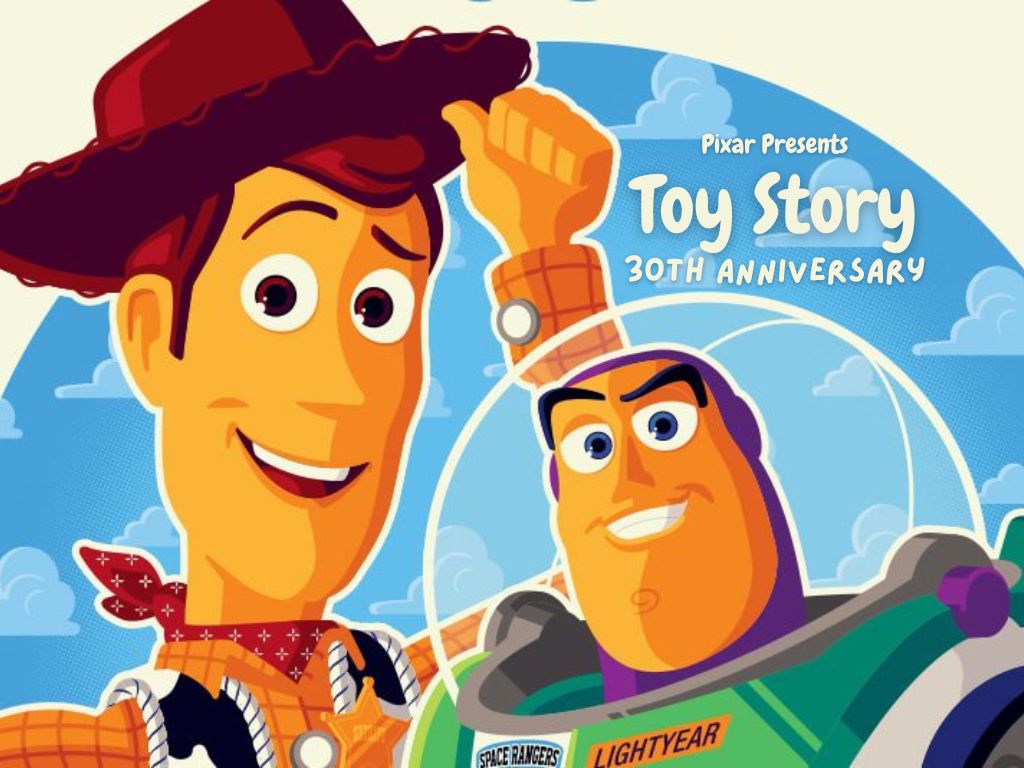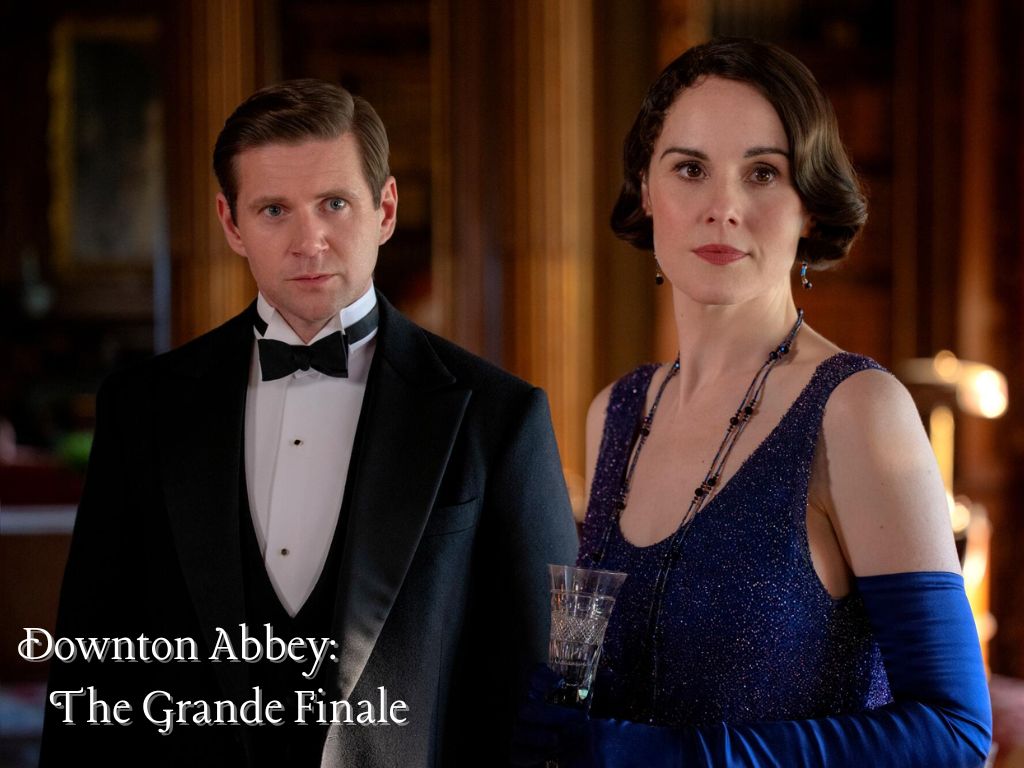The 1950’s is brought back to life at the Museum of Fine Arts through their latest film series “Reagan in Hollywood: The Origins of a Conservative Icon. The series derives the legendary of Mr. Reagan prior to his term in office. One of his movies in particular, Hasty Heart which has won the Golden Globe for “Best Film Promoting Cultural Understanding”, this is interesting considering such a movie would be considered ahead of it’s time, primarily due to the cultural diversity. The screenings started in the beginning of September, and will last until the end of the month, which showcase his acting skills. The MFA has amplified their location to attract people from around the area, due to the museum’s location being relatively close to so many different business and education centers. The movies screened were part of Reagan’s career, prior to his presidency in 1981 – the movies allocated for the difference people spotted between his pre-presidency acting roles – ranging from different roles in each film. Specifically in the movie Hasty Heart, his role consisted of a soldier getting ready to depart back home to the United States after the war. Furthermore, the series of movies implement the question of: Did his onscreen presence, consisting mainly of masculine roles such as “a sheriff, a soldier, a secret service agent, etc.” influence voters during his run for presidency?
The film originates in Burma 1945 – right after the Pacific War had just ended, in which five soldiers are left at a “makeshift jungle hospital” due to their illness prolonging their departure. The five soldiers each have a character of their own: the group consists of a New Zealander, an Australian, an American, an Englishman, and a Basuto African. Amongst those five different cultural differences arises a Scotsman, who is admitted to the infirmary in regards to his bad kidney, and coming death. Although the movie is able to address the lesson of having important people close during a time of sickness, a lesson which many of us learn early on in life – it fails to express the true entity behind the African American culture due to the African caricature represented by the Basuto African, Blossom. Blossom is seen to be undereducated, and allows the other soldiers to push him around due to his oblivious attitude. Ultimately, the other soldiers see him as a means of their jokes.
In regards to Mr. Reagan’s presidency influencing the public through his on-screen personas – it can be clearly delineated through Hasty Heart by means of the way the other soldiers looked up to Yank, Mr. Reagan’s character in the movie, and in a way found him to be a leader of some sort, in terms of decision making throughout the movie. SInce the movie has won the Golden Globe for “Best Film Promoting Cultural Understanding” it indicates that it was wildly popular, and therefore had a wide audience in terms of different cultures who would later see Mr. Reagan run for the presidency in ‘81, 34 years later.
This movie is highly recommended to an audience who is distinctively interested, and understands the way propaganda and a political system can be used in terms of getting citizens to perhaps go out, and vote for them. However, it can also wildy be recommended to people who enjoy a film that had such cultural diversity during its time. Movies such as these can be seen as a means to give some context in regards to the aftermath of the Pacific War, and what soldiers do after the war, their displacement, and their departures.
“Reagan in Hollywood: The Origins of a Conservative Icon,” will be showing at the MFA from Sept. 8-30. Tickets to individual shows are $11 and students are granted access to the MFA for free with a valid school I.D.













